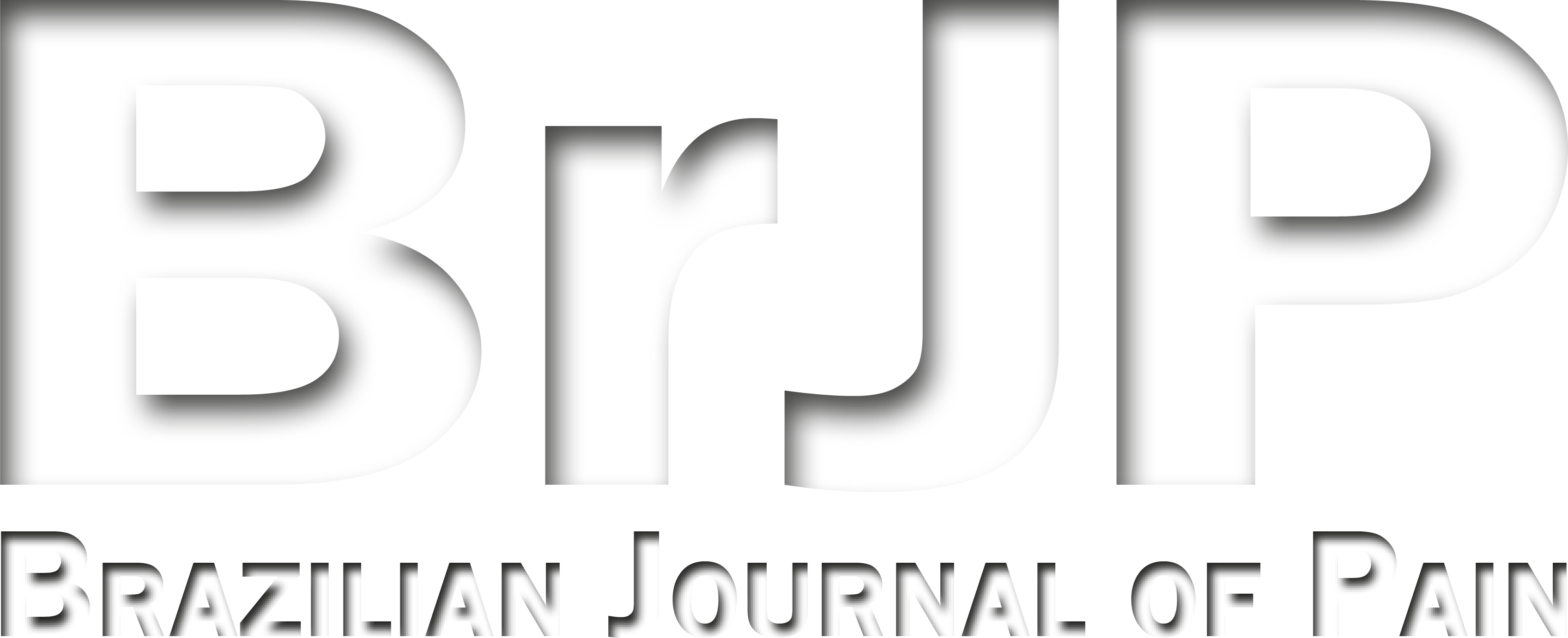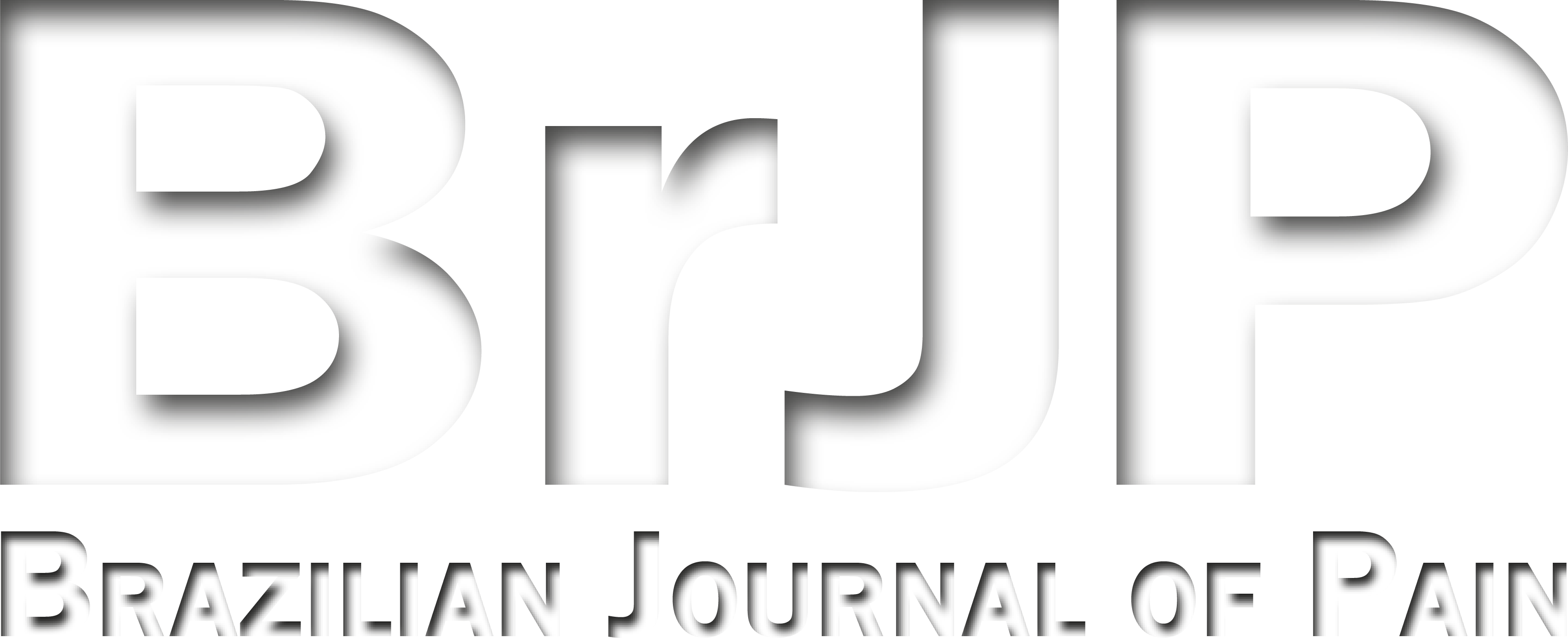Transcranial direct current stimulation did not revert the increased central and peripheral NGF levels induced by neuropathic pain in rats
Tratamento com estimulação transcraniana por corrente contínua não reverteu o aumento de NGF induzido por modelo de dor neuropática em ratos
Stefania Giotti Cioato, Liciane Fernandes Medeiros, Bettega Costa Lopes, Andressa de Souza, Wolnei Caumo, Iraci Lucena da Silva Torres
Abstract
BACKGROUND AND OBJECTIVES: The expression of nerve growth factor (NGF) in the large-size neurons may represent a key role in the neuronal synaptic plasticity and re-organization of neuronal function after a nerve injury. Transcranial direct current stimulation (tDCS) is a non-invasive method of cerebral stimulation and represents a promising tool to pain management since it promotes neuroplasticity in the central system, and it can be combined with other interventions. The aim was to investigate the effects of tDCS in the NGF levels in central and peripheral nervous system structures of rats submitted to a neuropathic pain (NP) model.
METHODS: The chronic constriction injury (CCI) of sciatic nerve was used for the induction of NP. For sham surgery, the sciatic nerve was exposed, but without any ligation. The control group did not undergo surgical procedure. After the establishment of NP, treated groups were subjected to tDCS treatment 0.5 mA/20min/day/8 days. NGF levels in cerebral cortex, spinal cord and sciatic nerve were determined by sandwich-ELISA at 48 hours and 7 days after the end of treatment.
RESULTS: The CCI model increased NGF levels in all three structures analyzed at long-lasting time, evidencing the importance of this neurotrophin in neuropathic pain condition. On the other hand, there was no tDCS effect in the central and peripheral NGF levels discarding the participation of this neurotrophin in the analgesic tDCS effect.
CONCLUSION: tDCS modulation effects of nociceptive pathways seem not to be linked to the NGF signaling in this chronic pain model.
Keywords
Resumo
JUSTIFICATIVA E OBJETIVOS: A expressão do fator de crescimento neural (NGF) em neurônios de diâmetro largo pode representar um papel importante na plasticidade sináptica neuronal e na reorganização da função neuronal após lesão neural. A estimulação transcraniana por corrente contínua (ETCC) é um método não invasivo de estimulação cerebral e representa uma ferramenta promissora para o manejo da dor, pois promove neuroplasticidade no sistema central, podendo ser combinada com outras intervenções. O objetivo foi investigar os efeitos da ETCC nos níveis de NGF em estruturas do sistema nervoso central e periférico de ratos submetidos a um modelo de dor neuropática (DN).
MÉTODOS: A constrição crônica (CCI) do nervo isquiático foi utilizada para indução do modelo de DN. Na cirurgia sham, o nervo foi exposto, no entanto não houve constrição do nervo. O grupo controle não foi submetido ao procedimento cirúrgico. Após estabelecimento da DN, os grupos tratados foram submetidos a ETCC 0,5 mA/20min/dia/8 dias. Os níveis de NGF no córtex cerebral, medula espinal e nervo isquiático foram mensurados pela técnica de ELISA 48 horas e 7 dias após o final do tratamento.
RESULTADOS: O modelo de dor CCI aumentou os níveis de NGF nas três estruturas analisadas, evidenciando a importância desta neurotrofina na dor neuropática. Por outro lado, não houve efeito da ETCC nos níveis de NGF central e periférico, descartando o papel desta neurotrofina no efeito analgésico da ETCC.
CONCLUSÃO: Efeitos da ETCC sobre vias nociceptivas não estão diretamente relacionados com a sinalização do NGF neste modelo de dor crônica.
Palavras-chave
Submitted date:
08/27/2020
Accepted date:
04/09/2021



